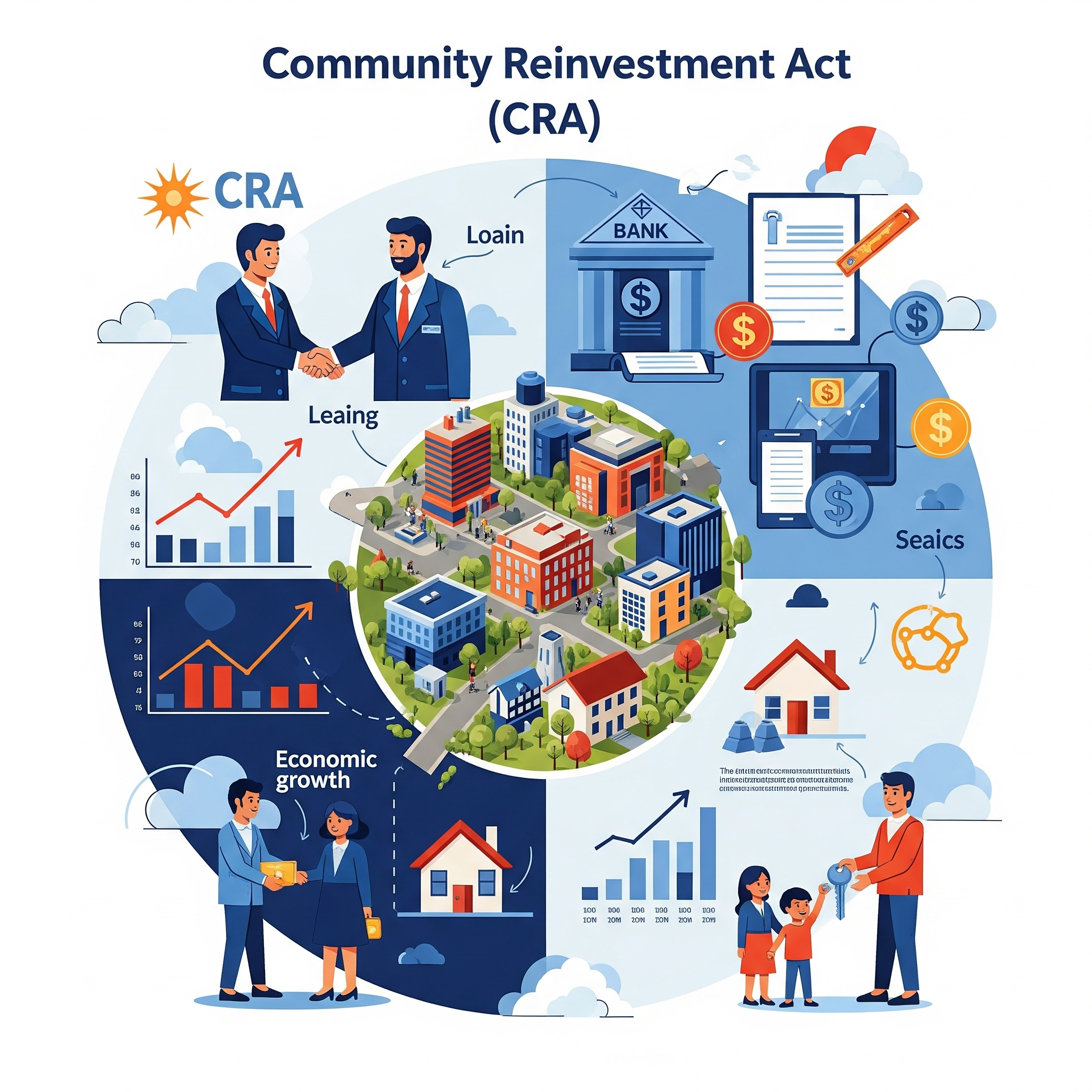The acronym “CRA” represents several important organizations and concepts across different sectors, each serving distinct roles in finance, government, and professional services. Understanding these various meanings helps clarify which CRA is being referenced in different contexts.
Canada Revenue Agency (CRA)
The Canada Revenue Agency stands as the most prominent CRA, serving as the federal department responsible for collecting taxes and administering tax laws for the Canadian government and most provinces and territories. Established in its current form in 2003, the CRA evolved from the Canada Customs and Revenue Agency when customs functions were transferred to the newly created Canada Border Services Agency.
The CRA operates as Canada’s equivalent to the U.S. Internal Revenue Service, employing 54,933 people with an operating budget of $5.1 billion as of the 2018-19 fiscal year. The agency collected approximately $430 billion in revenue during the 2017 tax year and administered nearly $34 billion in benefits to Canadians.
Core Functions and Services
The CRA’s mandate encompasses administering tax laws, delivering benefit programs, and ensuring fiscal compliance across Canada. Key responsibilities include collecting personal income tax, business income tax, trust income tax, partnership income, and excise taxes. The agency also oversees the Goods and Services Tax/Harmonized Sales Tax (GST/HST), payroll deductions, and various specialty taxes.
Beyond tax collection, the CRA administers over $31 billion in credit and benefit payments annually to more than 12 million Canadians. These benefits include the Canada Child Benefit, Goods and Services Tax credit, and Guaranteed Income Supplement. The agency provides comprehensive digital services allowing individuals and businesses to file returns, make payments, manage accounts, and access various online services.
Community Reinvestment Act (CRA)
In the United States banking sector, CRA refers to the Community Reinvestment Act of 1977, a federal law designed to encourage financial institutions to meet credit needs in all communities they serve, particularly low- and moderate-income neighborhoods. This legislation emerged as a response to discriminatory lending practices known as redlining, where banks systematically denied credit to certain geographic areas.
The Act requires three federal banking regulators—the Federal Reserve Board, Federal Deposit Insurance Corporation, and Office of the Comptroller of the Currency—to evaluate how well banks serve their communities. These performance assessments influence decisions on bank mergers, acquisitions, and branch openings.
Implementation and Impact
Banks subject to CRA requirements undergo evaluations based on lending, investment, and service activities within their assessment areas. The law classifies low-income areas as those with median family income below 50 percent of area median income, while moderate-income areas range from 50 to 80 percent of area median income. Recent 2023 updates introduced metrics-based evaluation approaches and adapted regulations to address digital banking trends.
Consumer Reporting Agency (CRA)
In the credit industry, CRA denotes Consumer Reporting Agency, companies that collect and maintain information about consumers’ credit histories, payment behaviors, and financial activities. These agencies compile comprehensive reports used by lenders, employers, and other organizations to make decisions about credit extension, employment, and services.
Consumer reporting agencies fall into two categories: nationwide agencies that maintain files across the country, and specialty agencies focusing on specific record types such as medical history, employment history, or rental history. The three major U.S. credit reporting agencies are Experian, Equifax, and TransUnion.
Functions and Services
CRAs gather information from various sources including credit card companies, banks, and financial institutions to create detailed consumer profiles. They provide credit scores and reports that help lenders assess creditworthiness and determine loan terms. These agencies also serve insurance companies for underwriting decisions and employers for background screening purposes.
Central Recordkeeping Agency (CRA) in India
Within India’s National Pension System, CRA refers to Central Recordkeeping Agencies responsible for centralized recordkeeping, administration, and customer service functions for all NPS subscribers. Currently, three CRAs operate under this system: Computer Age Management Services Ltd (CAMS), KFin Technologies Limited, and Protean eGov Technologies Ltd.
These agencies handle subscriber registration, issue Permanent Retirement Account Numbers, maintain digital records, process contributions, and provide customer support services. They continuously develop new functionalities to enhance subscriber experience, including mobile applications, paperless registration processes, and online account management tools.
Other Notable CRA Meanings
The acronym CRA encompasses additional professional and organizational meanings across various fields. In academic research administration, CRA stands for Certified Research Administrator, a professional designation granted by the Research Administrators Certification Council to individuals demonstrating expertise in managing sponsored research programs. As of 2022, 3,296 active CRAs held this certification.
Understanding the specific context becomes crucial when encountering CRA references, as each meaning represents distinct organizations with different functions, regulatory frameworks, and service objectives. Whether discussing Canadian taxation, U.S. banking regulations, credit reporting, pension administration, or professional certifications, the appropriate CRA interpretation depends entirely on the sector and geographic context being addressed.

